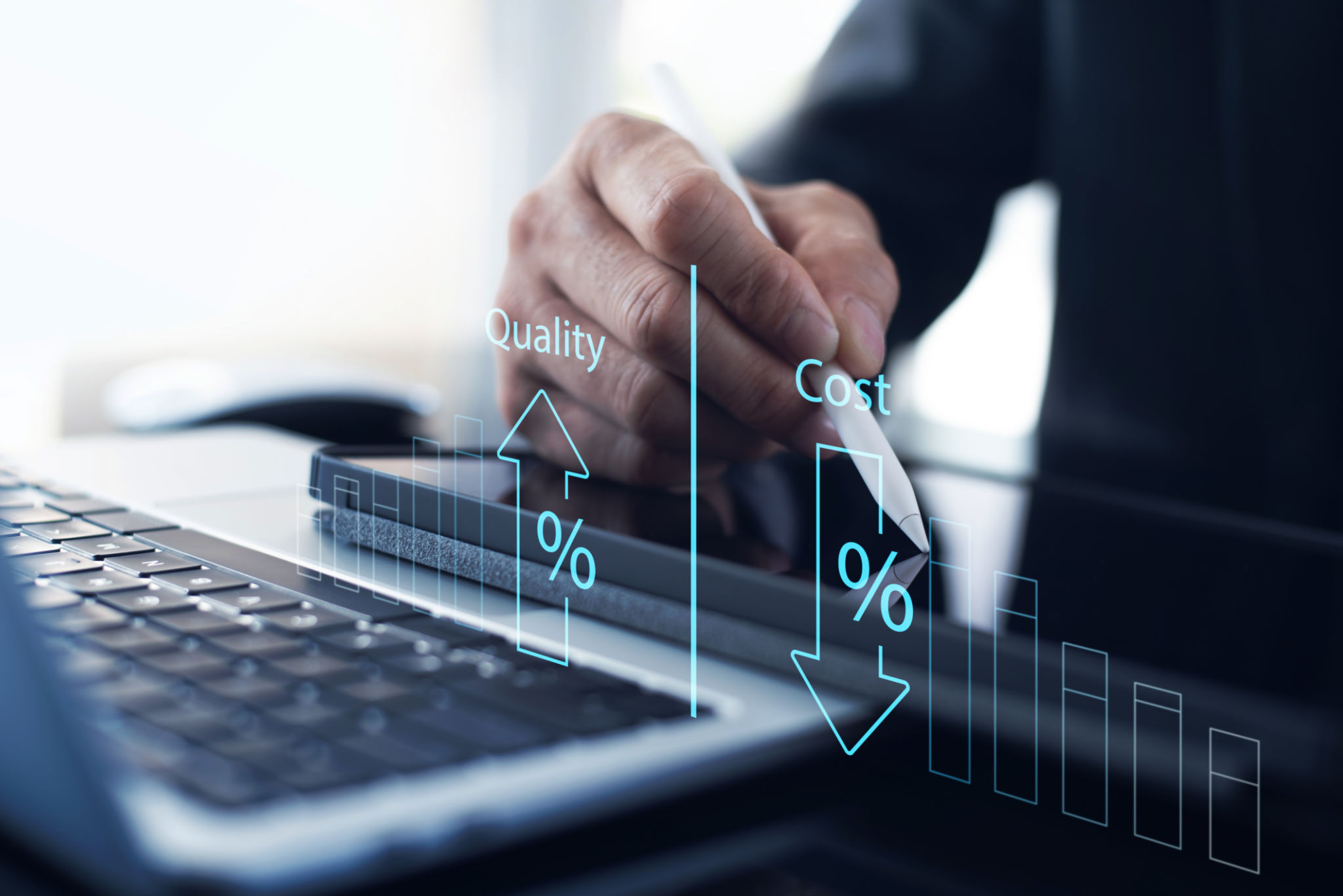The Ultimate Guide to Cost Efficiency: Protecting Margins and Boosting Cash Flow
Understanding Cost Efficiency
In today's competitive business landscape, achieving cost efficiency is crucial for protecting profit margins and boosting cash flow. Cost efficiency refers to the ability to deliver products or services in the most economical way without compromising quality. By focusing on cost efficiency, businesses can optimize their operations, reduce waste, and ultimately improve financial performance.
Cost efficiency is not about cutting corners; instead, it's about making smart choices that enhance value. It involves evaluating all aspects of a business, from production processes to supply chain management, and finding ways to do things better and cheaper.

Analyzing Current Expenses
The first step towards cost efficiency is understanding where your money is going. Conducting a thorough analysis of current expenses helps identify areas where costs can be trimmed. Start by categorizing all expenses into fixed and variable costs, and then scrutinize each category for potential savings.
Consider employing tools such as financial software or hiring a professional auditor to gain deeper insights into your expenditure patterns. This analysis will form the foundation for strategic decisions aimed at reducing unnecessary spending.
Identifying Inefficiencies
Once you have a clear understanding of your expenses, the next step is to identify inefficiencies within your operations. This might include redundant processes, outdated technology, or suppliers that are no longer cost-effective. Addressing these inefficiencies can lead to significant savings and improved operational flow.

Implementing Cost-Saving Strategies
After identifying inefficiencies, it's time to implement strategies that enhance cost efficiency. Consider the following approaches:
- Streamline Processes: Simplify workflows to eliminate redundancies and improve productivity.
- Negotiate with Suppliers: Regularly review supplier contracts and negotiate better terms to reduce procurement costs.
- Invest in Technology: Adopt new technologies that automate tasks and reduce manual labor.
These strategies can help your business save money while maintaining or even improving service quality.
Monitoring and Adjusting
Cost efficiency is an ongoing process that requires regular monitoring and adjustments. Set up key performance indicators (KPIs) to measure the effectiveness of your cost-saving initiatives. Regularly review these KPIs to ensure that your strategies are delivering the desired results.
If certain strategies aren't working as expected, don't hesitate to make changes. Flexibility and adaptability are key components of sustained cost efficiency.

The Role of Innovation in Cost Efficiency
Innovation plays a pivotal role in achieving cost efficiency. By fostering a culture of innovation, businesses can uncover new ways to reduce costs and improve processes. Encourage employees to contribute ideas and reward those who come up with effective solutions.
Embracing innovation not only helps in cutting costs but also positions your business as a leader in its industry, enhancing its reputation and attracting more customers.
Building a Cost-Conscious Culture
To sustain cost efficiency, it's important to build a cost-conscious culture within your organization. Educate employees about the importance of cost efficiency and involve them in the process of identifying opportunities for savings. When everyone is aligned with the goal of cost efficiency, your business is more likely to achieve lasting financial success.

